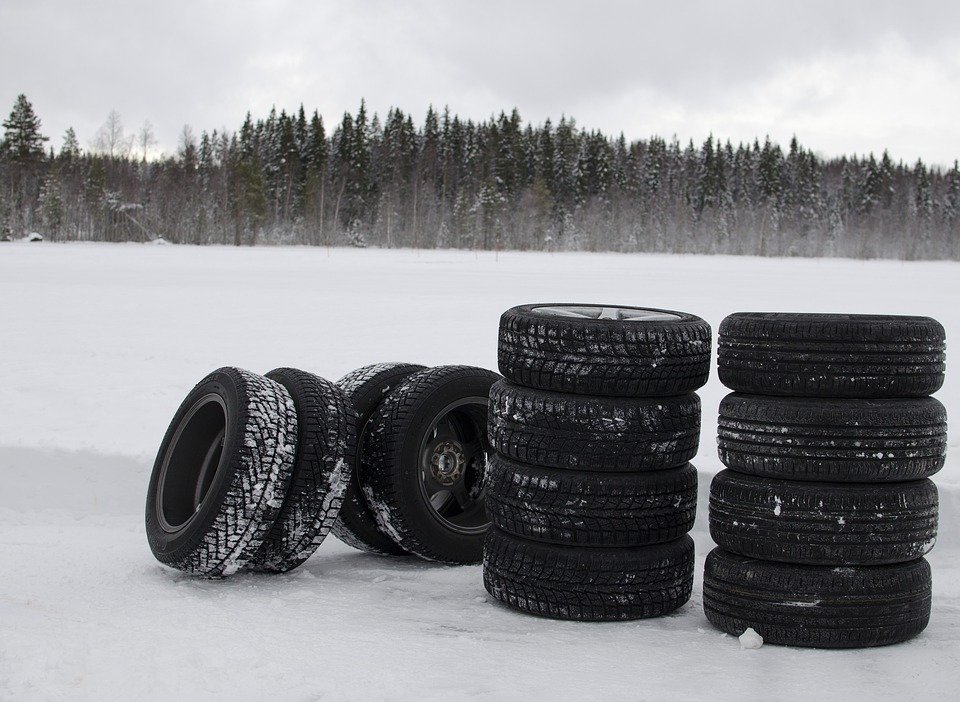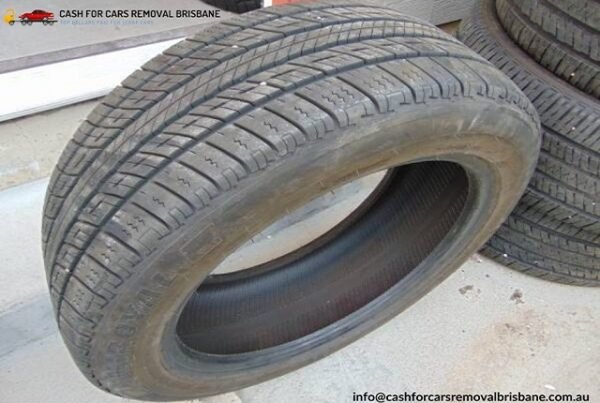Are you considering buying a train of tyres? Check out our guide below for the main differences between winter tyres and summer tyres for truck and buses. Assess if it’s worth changing!
How Are They Different?
The difference between winter and summer tyres is between the compound and the tread. A tread pattern with relatively wider and deeper grooves can be found in winter tyres. They also include transverse grooves known as the blades. Moreover, they contain a compound made up of a higher percentage of natural rubber and silica which as a result, makes them softer in nature compared to summer tyres. Hence, making them more efficient during lower temperatures.
What Are The Advantages Of Winter Tyres?
When driving at cooler temperatures (7°or lower), you need tyres that provide a stronger grip. Hence, the softer compound in winter tyres achieves this purpose as it lets winter tyres make better contact with the road when it is covered in ice or snow. In addition to that, they are beneficial on braking distances while they move on wet and icy roads.
Summer tyres, on the other hand, are more efficient when used at higher temperatures. As during low temperatures, their hard compound does not provide the friction needed for a seamless journey.
According to the Continental tyre brand, a vehicle with winter tyres, travelling at a speed of 50 km/h will stop on a snow-covered road 8 meters before a car fitted with summer tyres. It does not matter if the road surface is covered with ice or snow. If the weather temperature is below 7°, winter tyres are significantly less prone to losing grip on the road.
But Winter Tyres Cost More!
Purchasing winter tyres might cost you a little more than regular summer tyres. However, the expense is worth the investment especially during the time from October to March. Moreover, despite the extra cost we recommend you to purchase two sets of tyres(summer & winter) rather than one pair. As a result, both the sets will last longer than their usual lifespan, as they will be used for half the time (and distance) each year.
Therefore, multiple factors like reduced stopping distances, low risk of skidding on snow/ice and much better handling are worth the expense and the time needed to change the tyres seasonally.
Finally, remember one last thing: the m + s marking (mud & snow) is sufficient to “recognize” a winter tyre.
However, the ‘m + s’ marking is only a statement from the winter tyre manufacturer. To really test the winter tyre features, look for those with the snowflake symbol – 3PMSF. A snowflake inside a mountain with three peaks. These winter tyres, unlike the simple, ‘m + s’, are tested with a series of homologation tests in compliance with EU regulation UN / ECE 117.
Tight Or Wide Winter Tyres? The Difference.
With the arrival of winter, a doubt grips many motorists: is it better to have narrow or wide tyres during winter? In answer to that: the thickness of the tyre is very important and can make a difference while driving, especially in poor and compromised weather conditions.
If, you need an idea on the thickness of the winter tyres and which to use during the cold season, read this guide and you will discover the differences between a narrow winter tyre and a wide winter tyre.
Wide Winter Tyres
Winter tyres are characterized by a specific compound, which gives greater softness to the rubber structure preventing cooling and less grip. The wide tyres have a thickness of 225mm and compared to the narrow ones, they guarantee greater grip on any type of road, even in tough weather conditions. In snow-covered roads, wide winter tyres are even more effective: by increasing the tread surface, the rubber benefits from a greater number of blades and also increases its grip on the asphalt. For this reason, wide winter tyres are perfect for both dry and snow-covered roads, as they are safe and efficient.
Narrow Winter Tyres
On the other hand, narrow winter tyres have a thickness of 185mm. They are very useful on rainy days, especially if there is stagnant water. In fact, it is possible that the tread channels are unable to expel the water accumulated on the asphalt in a short time. The presence of stagnant water can thus generate extremely dangerous aquaplaning phenomena, which results in terribly losing of control of the vehicle. But with tight tyres, the risk of this is considerably reduced.
Furthermore, with narrow winter tyres, it is possible to easily cross lanes with fresh snow, without the risk of losing control of the vehicle and slipping.
Which Are Better As Truck And Bus Tyres?
It depends on the occasion of use. What is certain is that wide tyres provide greater safety while driving, regardless of the conditions of the asphalt. The narrow winter tyres, on the other hand, do not guarantee the same level of performance. However, they can be used to remedy aquaplaning phenomena.
The choice is yours, and if you have any doubts, you can always consult the car manufacturer experts for more details.





